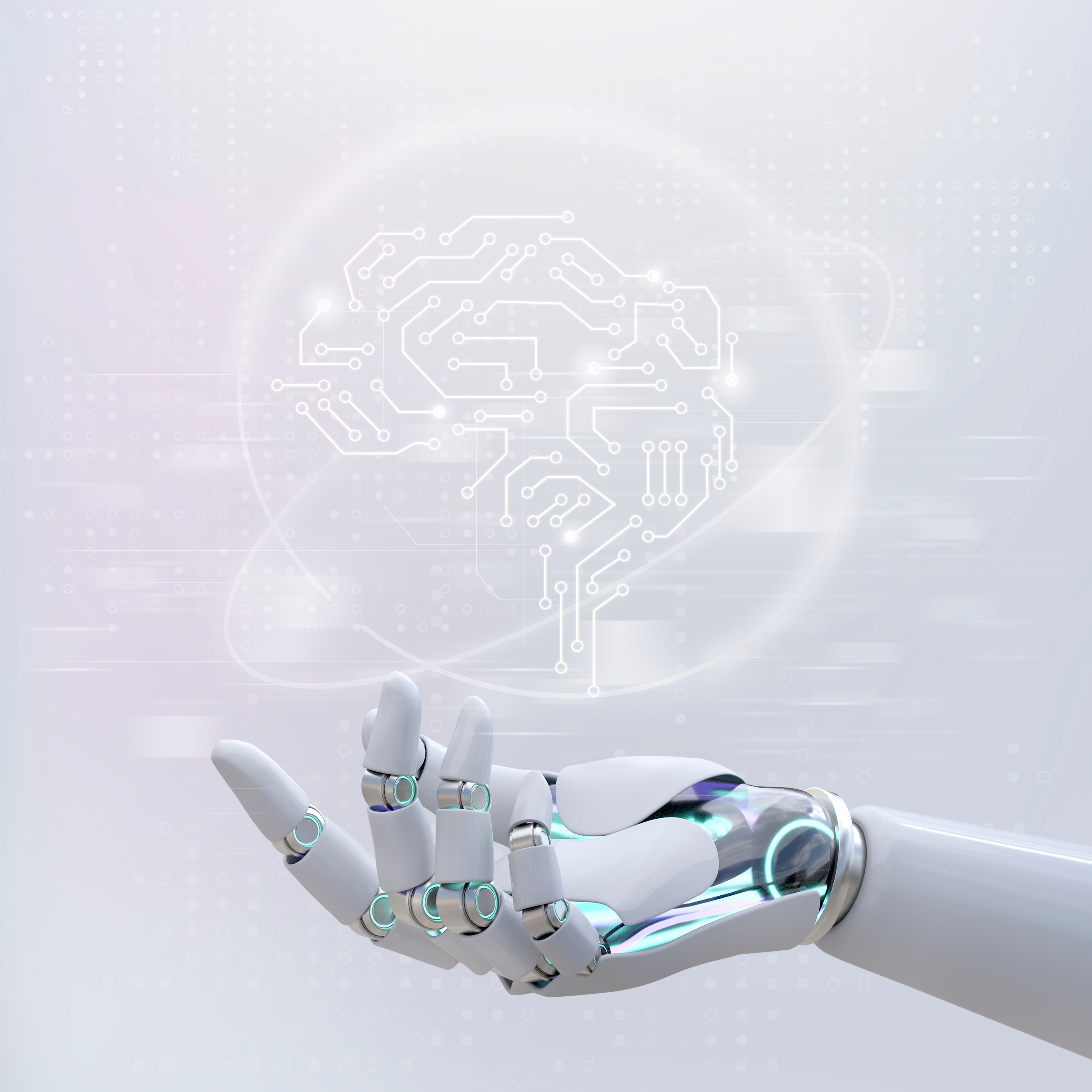How AI Systems Are Quietly Redrawing Global Power
Nations used to write the rules. Courts used to enforce them. That structure is breaking. In 2025, artificial intelligence isn’t just “supporting” legal systems — it is starting to define them. The most powerful institutions on earth today are not always governments. They are infrastructure-level algorithms that decide who gets flagged, who gets approved, who gets audited, and who gets blocked.

AI Is Becoming an Enforcement Layer — Not Just a Tool
Traditional law works like this: a rule is written, a violation happens, and then a human authority responds. AI breaks that cycle. AI moves enforcement upstream.
Instead of punishing after the fact, AI systems can prevent, block, or price-risk in real time. Your payment doesn’t go through. Your claim is flagged. Your shipment is delayed at customs. Your license is “temporarily under review.” No courtroom. No judge. Just silent denial.
That behavior is not random. It’s policy — machine policy.
What used to be called “law” is now being executed as automated compliance logic across banking platforms, insurance underwriting engines, customs screening systems, healthcare approvals, and even travel permissions.
And here’s the real shift most people miss: governments didn’t fully design this. Private infrastructure did.
When Private Platforms Start Acting Like Governments
Banks already run AI-driven anti–money laundering (AML) engines that can freeze or escalate accounts instantly. Global insurers deploy real-time fraud scoring to deny payouts in seconds. Border control agencies are testing biometric risk scoring before a traveler even reaches the gate.
In all three cases, the first layer of judgment is not human. It’s code.
That code basically decides: are you trusted or not? And once that trust score drops below an internal threshold, your “rights” don’t disappear — they just stop working.

Trust Scoring Is the New Citizenship
For decades, citizenship defined your access — where you could travel, what protections you had. Today, access is increasingly decided by predictive risk models. A low score can mean higher insurance cost, blocked credit, enhanced screening, or automatic investigation.
This is more than finance. It’s sovereignty math. Your “risk signature” is now more powerful than your passport.
That is what makes this moment historic: AI has quietly become a global gatekeeper, and gatekeeping is power.
When Code Writes the Rules Before Lawmakers Do
In the old model, lawmaking was reactive — legislators debated, voted, and enacted after problems appeared. In the new model, infrastructure defines legality by default. The moment a platform updates its risk parameters or compliance rules, billions of interactions across finance, insurance, and logistics change their legal outcomes instantly.
This silent shift means policy is being drafted inside software updates, not parliaments. The new “legal architects” are data engineers and regulatory AI teams — not elected officials.
A 2025 OECD report titled “Algorithmic Sovereignty” concluded that over 62% of cross-border compliance standards in financial transactions now originate from private algorithmic systems, not from national laws. That’s the quiet birth of what experts call machine governance.

From Legal Codes to Machine Code
Think about it — when banks or insurers deploy an AI model for fraud detection, it comes with pre-configured logic that defines what “suspicious” means. When governments integrate these systems, that definition becomes legally binding behavior — even if the parliament never discussed it.
This is how machine law begins: not through coups or revolutions, but through convenience. Governments import pre-built systems that “help” automate compliance — but every line of imported code carries someone else’s priorities, someone else’s definitions of fairness, transparency, or security.
That’s why smaller countries — especially those in Africa, Southeast Asia, and the Middle East — are quietly surrendering pieces of regulatory sovereignty without realizing it. They’re not losing to colonization by armies, but by application programming interfaces.

Tech Empires and the New Global Legal Order
The biggest players today — OpenAI, Google DeepMind, IBM, Microsoft, and Tencent — are no longer just vendors. They’re regulatory infrastructure providers. Their APIs, risk models, and ethical frameworks have become de facto law for hundreds of governments and industries.
When a government uses an AI moderation model to filter “misinformation,” it also imports that model’s political bias, training data, and censorship logic. That’s not technical — it’s constitutional.
In effect, the private tech sector has become a fourth branch of power: not legislative, executive, or judicial — but algorithmic.
The Unwritten Constitution of Algorithms
Every major algorithm has a constitution — not in text, but in thresholds. A fraud score threshold decides guilt. A moderation threshold decides visibility. A predictive policing threshold decides freedom.
These are constitutional moments coded in silence. No debate. No oversight. No appeal.
When citizens lose the ability to challenge these systems, the question becomes not “who enforces the law,” but “who defines it?”
The answer is increasingly: whoever owns the code.
Related reading: The AI Economy of Trust — How Artificial Intelligence Rewrites Global Finance and Law
Algorithmic Colonialism: The New Face of Global Control
In the 20th century, power was projected through military alliances, oil, and trade. In the 21st, it flows through data pipelines, cloud contracts, and algorithmic infrastructure. This is the silent empire — not of armies, but of APIs.
The term algorithmic colonialism was first introduced by Oxford researcher Abeba Birhane, who warned that Western-designed AI systems risk exporting the same power imbalances that old empires once imposed through law and trade. Today, that warning has become reality.

When a developing country adopts a pre-built fraud detection or credit scoring AI from a multinational provider, it inherits that system’s data biases, cultural assumptions, and decision logic. Local realities — economic inequality, informal credit systems, and cultural nuance — are ignored. What remains is a digital copy of Western legal rationality, imposed through software updates.
The consequences are profound. In Kenya, AI-based loan filters rejected thousands of small business owners whose “digital footprints” didn’t meet foreign scoring criteria. In Brazil, automated compliance filters flagged local NGOs as “high-risk entities” due to keyword mismatches in Portuguese. In the Middle East, algorithmic visa screening systems classified common Arabic names as “suspicious” due to U.S.-trained data sets.
“It’s not just code — it’s governance. Whoever designs the algorithm decides who participates in modern society.” — MIT Tech Review, 2025
AI Law as a Weapon of Economic Leverage
Algorithmic systems are not neutral — they carry economic gravity. By controlling the compliance frameworks embedded within them, major tech states now influence international trade flows. A “non-compliant” AI vendor can be blocked from operating in the EU; an “unverified” payment AI can freeze assets under anti-laundering protocols; a “restricted” data model can shut down imports overnight.
These aren’t hypothetical scenarios — they’re happening daily. In 2025, the U.S. Treasury and European regulators began embedding automated compliance detection modules into international settlement systems. That effectively turned financial risk engines into policy enforcement tools.
The Economic Algorithm Becomes Law
When central banks and regulators plug into shared AI networks, they standardize behavior — but also standardize dependence. Nations stop writing their own compliance logic. Instead, they lease it.
This isn’t collaboration; it’s outsourcing of sovereignty. The law becomes a subscription service, renewed annually, with patches and updates dictated by foreign vendors.
The irony? The countries most dependent on algorithmic imports are the same ones seeking “digital independence.” In reality, they’ve traded military occupation for invisible algorithmic subservience.
Related article: AI-Driven Financial Compliance — How Automation Redefines Global Regulation
The Global AI Legal Divide: Three Competing Systems of Power
By 2026, the world’s digital legal order has split into three major blocs — each reflecting its own philosophy of power and control.
1. The European Union: The Algorithm Must Explain Itself
The EU’s “AI Act” marks the world’s first attempt at building a constitutional framework for artificial intelligence. It demands explainability, traceability, and human oversight — not because the EU fears innovation, but because it fears losing moral sovereignty.
The European model treats every AI system as a potential policymaker. The core principle: if an algorithm affects a human right, it must be accountable like a human actor.

2. The United States: Market Law as Machine Law
The U.S. doesn’t regulate AI by ethics — it regulates by competition. Its philosophy is Darwinian: whoever innovates faster defines the rules. Silicon Valley’s platforms now operate as quasi-governments, shaping speech, finance, and commerce without traditional oversight.
In America, code is free speech — and that principle has transformed every major tech company into a legal jurisdiction of its own. Every new update becomes an unvoted amendment to the social contract.
3. China: The Algorithm as State Instrument
In China, AI is not an independent actor — it’s an extension of centralized authority. From credit systems to online discourse, the algorithm serves governance directly. The Chinese model fuses predictive control with legal surveillance, building a state that sees and decides simultaneously.

Together, these three systems define the new AI geopolitical triangle: Europe regulates to preserve ethics, America innovates to preserve dominance, and China engineers to preserve control.
The Constitutional Crisis of the Algorithmic Age
What happens when algorithms begin conflicting across borders? What if a European compliance AI rejects a transaction that a U.S. model approves — or a Chinese surveillance model flags behavior that’s legal in Brazil?
The result isn’t just legal confusion — it’s a breakdown of global consistency. Machine law is now territorial. Every algorithm carries its own micro-constitution — and crossing borders means crossing governance logic.
By 2030, experts predict that over 80% of global digital transactions will pass through at least one form of algorithmic regulation. In practice, that means: software decides before the law does.
“The next constitution won’t be written by lawyers — it’ll be compiled by engineers.” — Dr. Helena Morris, London School of Economics (2025)
Case File: The 2026 Algorithmic Sovereignty Act
The Algorithmic Sovereignty Act (ASA) — proposed jointly by Estonia, Singapore, and Canada — aims to reclaim state control over domestic AI systems. It mandates that any algorithm operating within national borders must disclose ownership, data origin, and decision criteria.
If passed globally, ASA could redefine what sovereignty means in a digital world — not control over land or citizens, but over data behavior within a jurisdiction.

The Last Question: Who Governs the Machines That Govern Us?
There is no supreme court for code. There is no constitution that binds artificial intelligence — yet. But as algorithms take charge of borders, credit, law, and reputation, the pressure to define one is mounting.
The nations that build this “machine constitution” first will not just regulate technology — they’ll rule through it.
Conclusion: A Future Written in Code
The age of paper law is ending. The next generation of governance will not be printed — it will be programmed. The legal systems of the world are quietly transitioning from institutions of justice to ecosystems of logic.
The challenge for humanity isn’t to stop that transformation. It’s to ensure that when the code becomes law, the law still serves people — not power.
Related: Global AI Litigation — When Algorithms Take the Stand | The AI Economy of Trust — How Artificial Intelligence Rewrites Global Finance and Law
